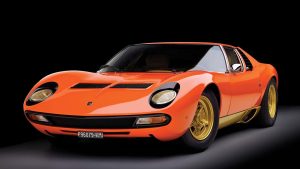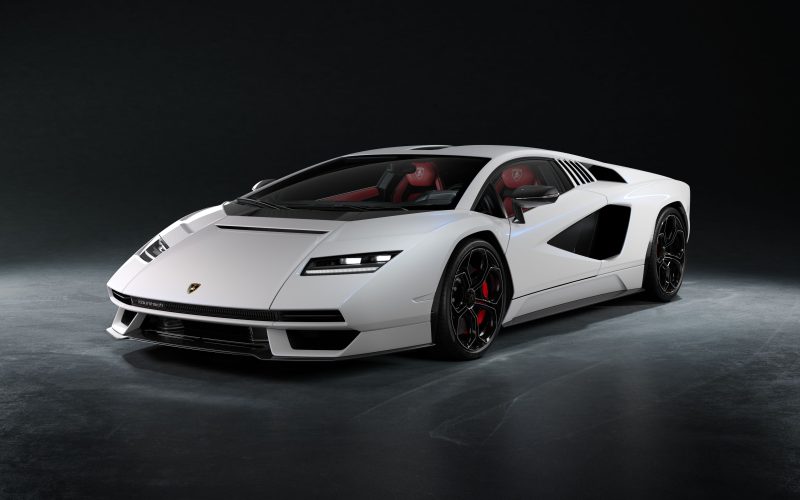Lamborghini, the iconic Italian automotive manufacturer renowned for its luxurious and high-performance sports cars, has undergone a remarkable transformation from a niche boutique automaker to a global luxury brand. This transformation didn’t occur by chance but rather through a meticulously crafted strategic blueprint that has propelled Lamborghini into new heights of success. In this article, we delve into the strategic evolution of Lamborghini, exploring the key factors behind its transition from a symbol of automotive extravagance to a sustainable and thriving business entity.
Historical Perspective: The Birth of a Legend

Lamborghini’s journey began in 1963 when Ferruccio Lamborghini, a successful entrepreneur and tractor manufacturer, founded Automobili Lamborghini with the aim of challenging established marques like Ferrari. The company’s inaugural offering, the Lamborghini 350 GT, garnered immediate attention for its sleek design and powerful engine, setting the stage for the brand’s future endeavors in the automotive industry.
The Era of Innovation and Performance
Throughout the 1970s and 1980s, Lamborghini cemented its reputation as a purveyor of cutting-edge technology and uncompromising performance. Iconic models such as the Miura, Countach, and Diablo captivated enthusiasts with their futuristic designs and blistering speed, establishing Lamborghini as a symbol of automotive excellence.
Challenges and Revival
Despite its storied history, Lamborghini faced numerous challenges during the late 20th century, including financial instability and changes in ownership. However, the brand experienced a revitalization in the early 21st century under the ownership of Audi AG, a subsidiary of Volkswagen Group. Audi’s strategic investment infused Lamborghini with much-needed capital and technological expertise, enabling the brand to develop groundbreaking models like the Murciélago and Gallardo.
Expansion and Diversification
In recent years, Lamborghini has pursued a strategy of expansion and diversification, aiming to capitalize on emerging markets and consumer preferences. The introduction of the Urus, Lamborghini’s first SUV, marked a significant departure from its traditional lineup of sports cars but proved instrumental in broadening the brand’s appeal and attracting new customers.
Brand Positioning and Image
Central to Lamborghini’s strategic blueprint is its meticulous approach to brand positioning and image cultivation. By leveraging its rich heritage and association with luxury and performance, Lamborghini has cultivated an aura of exclusivity and desirability that resonates with affluent consumers worldwide. Through strategic partnerships and high-profile marketing initiatives, Lamborghini has maintained its status as a coveted luxury brand synonymous with power, prestige, and sophistication.
Financial Performance and Market Share
Lamborghini’s strategic blueprint has yielded impressive financial results, with the company consistently achieving record sales and revenue growth in recent years. Moreover, Lamborghini has successfully expanded its global footprint, capturing market share in key regions such as Asia-Pacific and the Middle East. A comparative analysis of Lamborghini’s financial performance vis-à-vis its competitors reveals the brand’s strong competitive position within the luxury automotive segment.
Conclusion
In conclusion, Lamborghini’s transformation from a bull-branded sports car manufacturer to a globally recognized luxury brand is a testament to the power of strategic foresight and innovation. Through a carefully crafted blueprint that emphasizes product excellence, brand differentiation, and market expansion, Lamborghini has successfully navigated the complexities of the automotive industry and emerged as a formidable player in the luxury segment. As Lamborghini continues to evolve and adapt to changing consumer preferences and market dynamics, its strategic blueprint will undoubtedly remain a guiding force in shaping the brand’s future trajectory.












